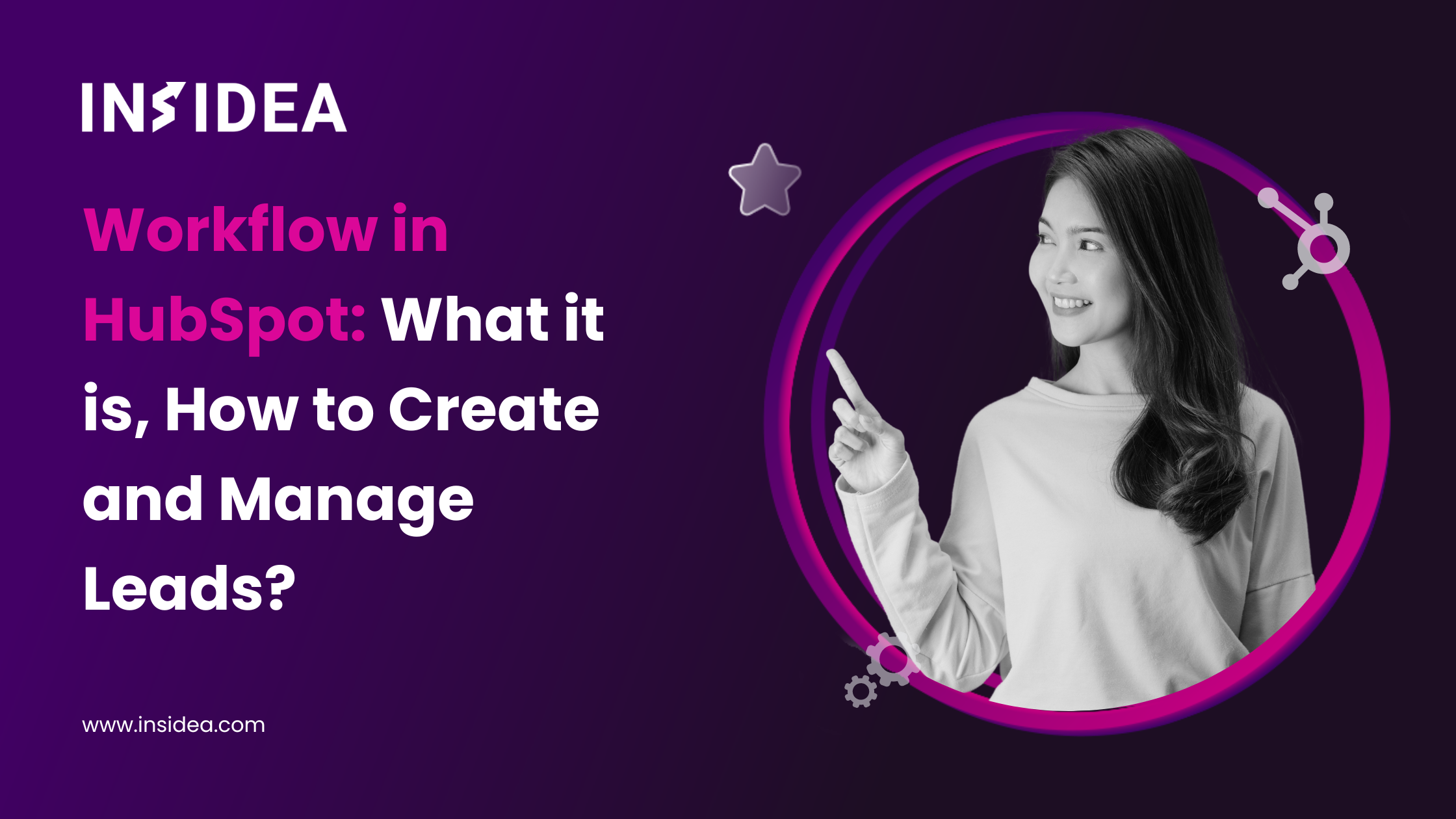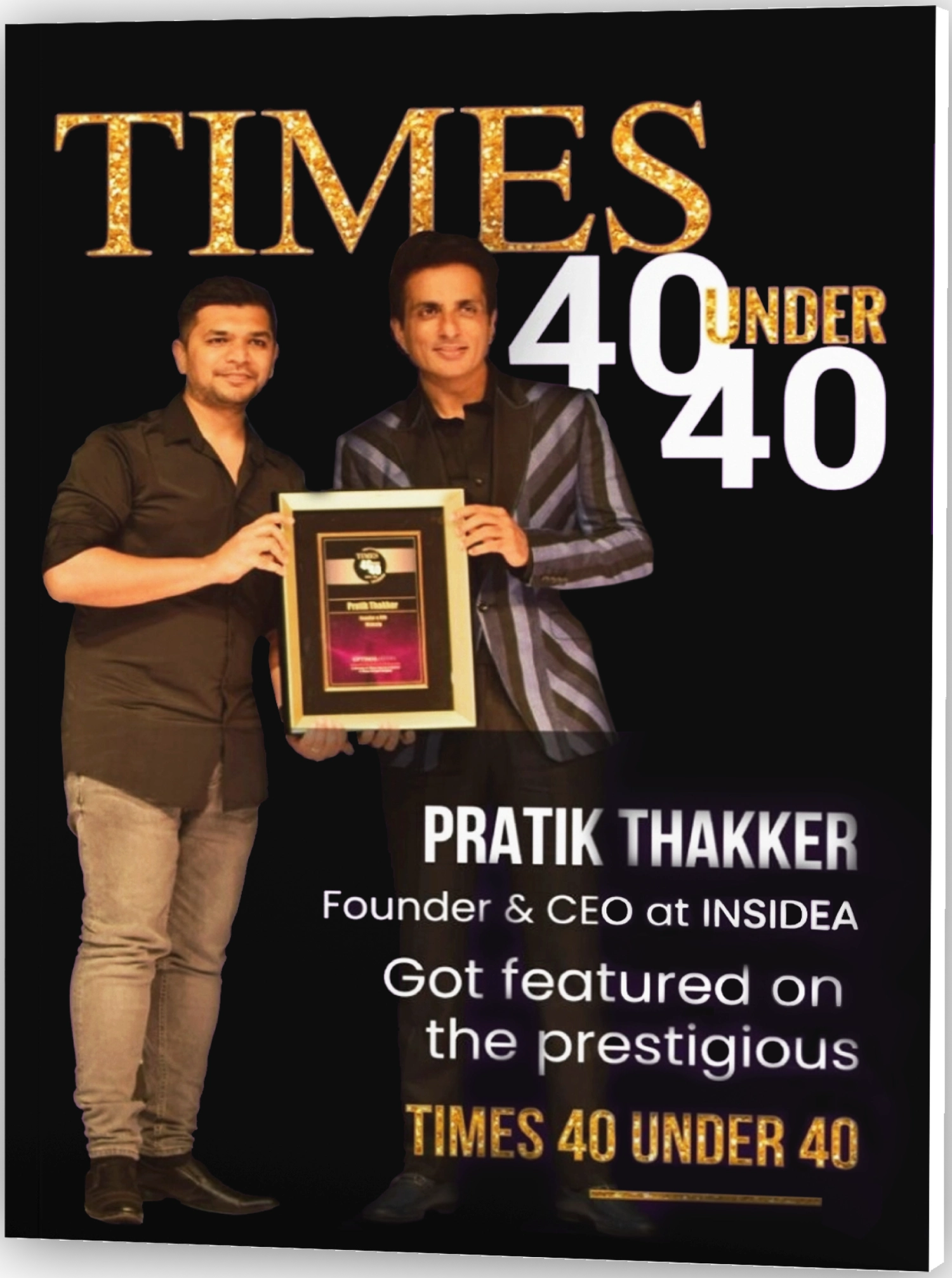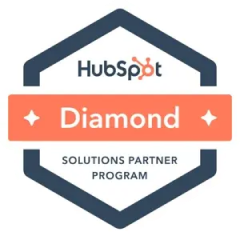Workflow management is integral to business efficiency, and recent statistics underscore its importance. For instance, 74% of businesses have adopted automated solutions to enhance productivity and collaboration. This drive towards digital transformation includes substantial investments in automation technologies, with 41% of companies using automation extensively across multiple functions.
Businesses can streamline operations, optimize resource utilization, and enhance team communication by establishing clear workflows. This leads to more predictable outcomes and a structured way of achieving business goals.
When it comes to specific workflow tools, HubSpot Workflow stands out due to its seamless integration with various aspects of business operations. HubSpot, primarily known for its CRM (Customer Relationship Management) capabilities, offers a workflow tool that automates tasks and enhances efficiency, particularly in marketing, sales, and customer service operations.
In this blog, I will explain HubSpot workflow and how to use it to your business’s advantage.
What is Workflow in HubSpot?
HubSpot automation tool is known as Workflows which means a series of automated actions that gets triggered based on a person’s contact information and behavior. You can use this tool to automate your day-to-day business tasks, for example, lead nurturing, timely follow-ups, internal communication, and more.
To access Workflows:
Click on Automation > Click on Workflows
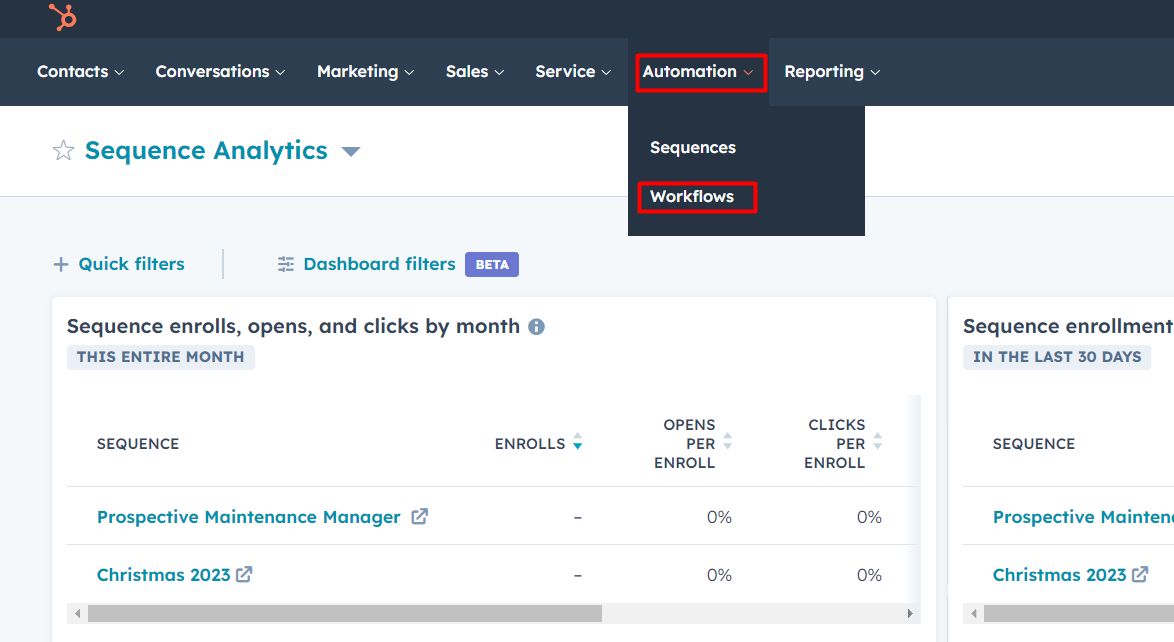
Why is a HubSpot Workflow Important?
A HubSpot workflow is important for several key reasons, particularly in the realms of marketing, sales, and customer service:
- Automation of Repetitive Tasks: Workflows automate repetitive and manual tasks, such as sending emails, updating records, and assigning tasks. This saves time and reduces the likelihood of human error.
- Improved Lead Nurturing and Management: Workflows enable personalized and timely interactions with leads and customers. For example, they can send targeted emails based on specific actions a contact has taken, helping move leads through the sales funnel more effectively.
- Enhanced Customer Experience: Workflows automate responses and follow-ups, ensuring that customers receive timely and relevant information. This consistent engagement helps build stronger relationships and enhance overall customer satisfaction.
- Efficient Sales Processes: Sales teams can benefit from workflows by automating parts of the sales process, such as lead scoring, deal updates, and follow-up reminders. This helps sales reps focus more on selling and less on administrative tasks.
- Better Team Coordination and Collaboration: Workflows can notify team members when they need to take action, such as following up on a high-value deal or responding to a customer support ticket. This improves coordination and ensures that opportunities and issues are addressed promptly.
- Data-Driven Decisions: Automated workflows often gather data about customer interactions and responses. This data can be analyzed to gain insights into customer behavior, campaign effectiveness, and process efficiency, guiding more informed business decisions.
- Scalability: As a business grows, its processes can become more complex. Workflows allow for scaling these processes efficiently, managing increased volumes of leads, customers, and transactions without a proportional increase in manual work.
- Consistency in Processes: Workflows help in maintaining consistency in how tasks are executed and processes are followed, ensuring a uniform standard of service and operational efficiency.
How to Create a HubSpot Workflow?
These are the steps you can follow to create a HubSpot workflow:
Step 1: Name your Workflow
Step 2: Choose the type of Workflow
You have the option to choose between two types of workflows – Start from scratch and Templates.
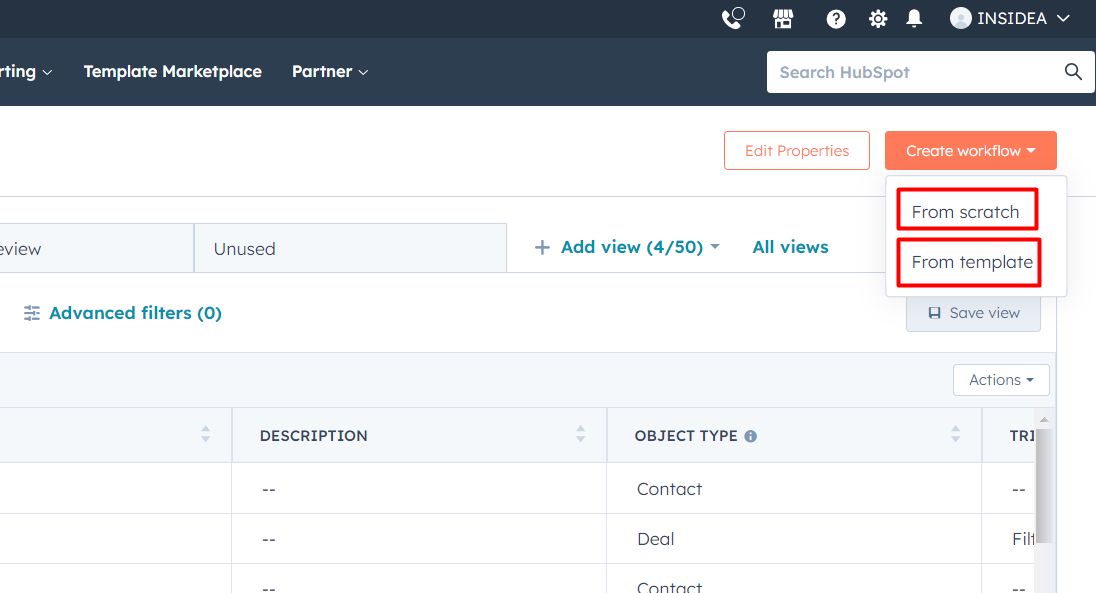
Type 1: Start from scratch
In this option, you need to pick an object type.
Note: An object type is a data category with a set of properties. You can use these properties while choosing your workflow enrollment triggers.
There are five different object types workflows in HubSpot:
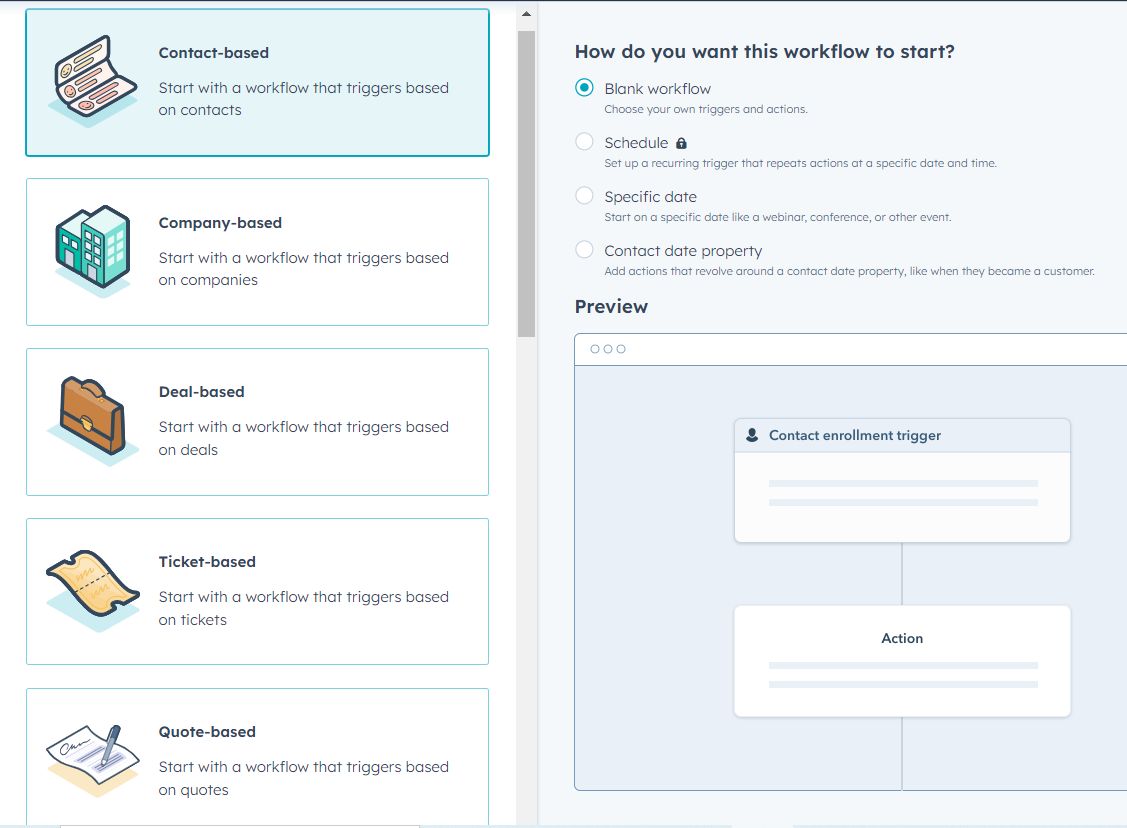
- Contacts-based Workflows: These workflows revolve around individual contacts in your CRM. They are often used for marketing automation, lead nurturing, and managing communication with individuals.
- Company-based Workflows: These are focused on company records in your CRM. Company-based workflows can be used to manage and automate tasks related to business relationships.
- Deals-based Workflows: Deals-based workflows are used to automate sales processes. They can help manage stages in the sales pipeline.
- Tickets-based Workflows: These workflows are centered around customer service tickets. They’re useful for automating parts of the customer support process.
- Quotes-based Workflows: These workflows relate to the quotes you send to potential customers. They can be used to streamline the sales process.
Type 2: Use a template
In this option, you need to choose from a range of different templates. We have mentioned six of the templates for your templates:

- Tell contact owners when leads interact with your website
You can use this HubSpot template to boost your business’s lead engagement. Set it up to alert your team whenever leads visit key pages on your website. This way, you’ll always know who’s interested and can follow up effectively. Just pick the most telling URLs on your site, like product or pricing pages, and track how often leads visit them. This strategy keeps your sales pipeline active and helps turn more leads into customers.
- Send re-engagement email to cold leads
You can re-engage cold leads using this HubSpot template. When they revisit your website, send them a series of emails showcasing new updates, special offers, or your brand’s story. Just have your website domain and the re-engagement emails ready. This can help reignite their interest and draw them back into your sales process.
- Email website visitors based on page visited
Use this HubSpot template to automatically email visitors who view specific pages on your website, perfect for promoting new products or services. Just set the URL that triggers the email and have your announcement or launch email ready. This way, you can directly target interested customers and boost awareness of your new offerings.
- Create and assign tasks when a new deal is created.
Use this HubSpot template to automatically create and assign tasks when a new deal is added, keeping your team organized and proactive with every new opportunity. Remember to customize the task titles and content to fit your team’s specific needs, ensuring efficient and effective management of each new deal.
- Send an email series when a form is submitted.
Boost customer engagement with this HubSpot template by sending a welcome email after a form submission, followed by another email with valuable content like an ebook or a blog post. Just prepare your welcome email and the follow-up lead nurture email. This method helps build relationships and keeps new contacts engaged with your brand.
- Send welcome email to new blog subscribers.
Use this HubSpot template to send a personalized welcome email to new blog subscribers. Show your appreciation and highlight what they can expect, including some of your top posts. Just have your blog subscription form and the welcome email ready. This can help build a strong initial connection and engage your new subscribers.
Step 3: Set a Workflow Goal
Once you have decided on the object type and the template, it’s time to set a goal for the workflow.
Here’s how you can do it:
- Click on “Set Goal”
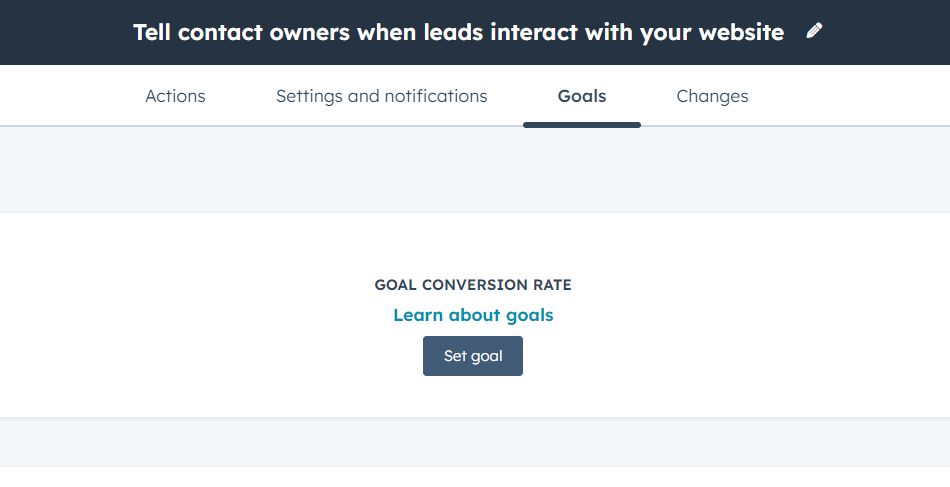
- From this, you can determine what you would like to achieve from this workflow – and what actions you would like your audience to take. Upon goal completion, your contacts will be automatically contacted.
- Select from the list of your goals.
- Click on “Save”.
Step 4: Set your workflow enrollment triggers
Go to Automation > Workflows in your HubSpot account > Choose to create a new workflow or edit an existing one > Start setting up triggers.
- In the workflow editor, click on “Set up triggers. ” Here, you can define the criteria for enrolling records in the workflow.
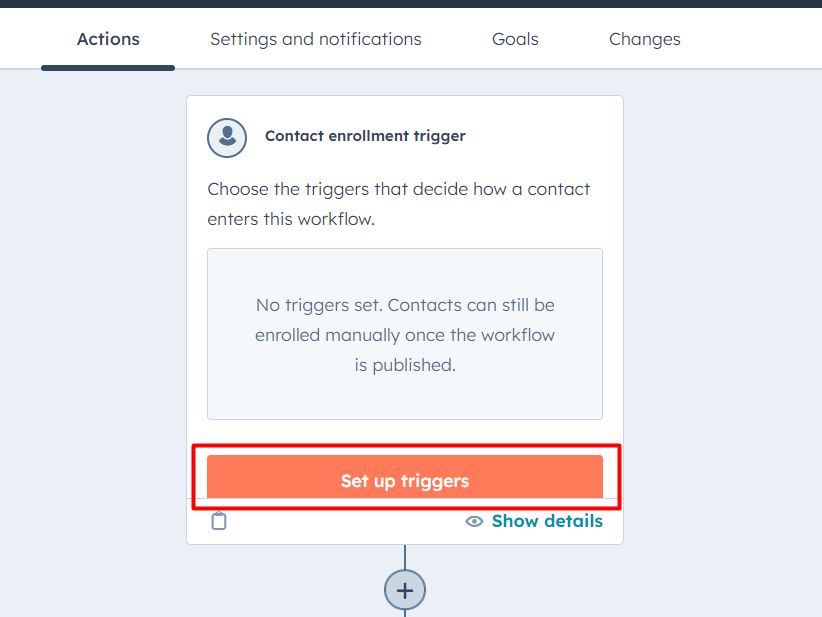
- You can select from various trigger types, such as property values, activities (e.g., meetings, emails, tasks), form submissions, marketing email activity, list membership, etc. Different workflows offer different trigger options.
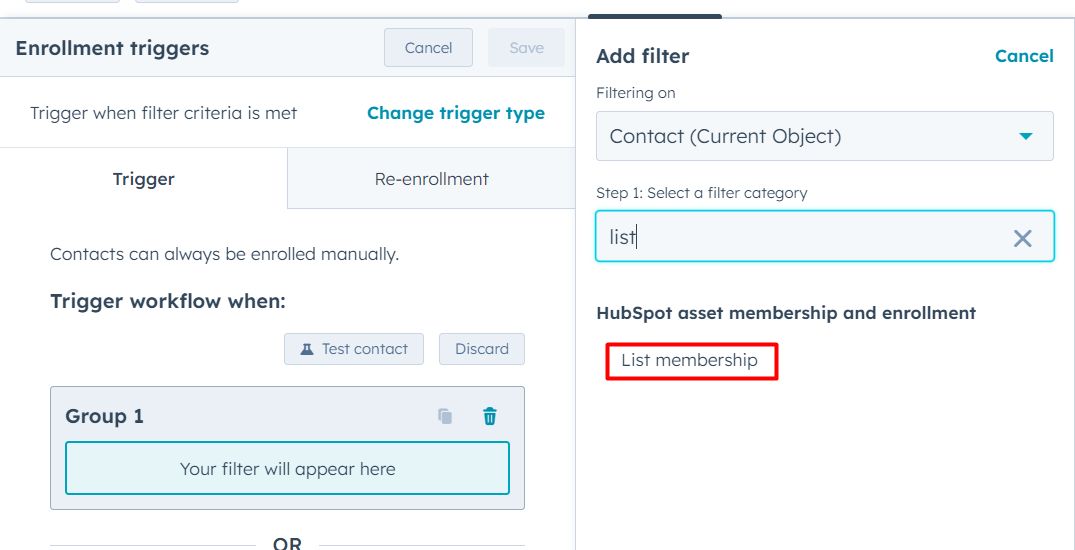
- Some triggers allow further refinement, such as specifying forms or pages for form submission triggers. Only one refinement by criteria can be added to an enrollment trigger.
- Determine if and when a record can be re-enrolled based on updated criteria or actions. Records are enrolled only once by default unless re-enrollment options are set.
- Use the Test option to check if the triggers work as expected. Publish the workflow to start enrolling records based on the set criteria.
- Regularly review and adjust the triggers for optimal performance.
Step 5: How to Add Actions to Your Workflows in HubSpot
Log in to your HubSpot account and navigate to Automation > Workflows > Choose an existing workflow to edit or create a new one.
- In the workflow editor, click the + icon to add a new action. HubSpot provides various actions like sending emails, creating tasks, updating properties, sending notifications, etc.
![]()
- Set up the specifics of the action, such as email templates, task details, or property values.
- Optionally, add delays or branching logic for personalized and relevant actions.
- Check your actions and use the test function to ensure they work as expected.
- Save changes and activate the workflow.
Best Examples of HubSpot Workflows for Successful Lead Management
Implementing these workflows in HubSpot can significantly streamline your lead management process, making it more efficient, effective, and scalable. They help ensure that leads are generated, nurtured, engaged, and converted effectively, maximizing the ROI of your marketing and sales efforts.
Example 1: Qualifying Out Leads
This workflow addresses the need for efficient and targeted communication. By setting up automated emails tailored to different audience segments, you can save time while ensuring your messaging is relevant and engaging. This kind of workflow is particularly useful for nurturing leads at different stages or with varying interests, as it allows you to send specific content that aligns with their needs or behaviors without manual intervention.
Example 2: Assigning Lead Owners
This workflow ensures that new leads are promptly and appropriately handled. By automatically assigning leads to team members based on certain criteria (like the lead’s country or industry), you ensure that each lead is followed up by the most suitable person. The Rotate Leads action is useful for evenly distributing leads among team members, which is essential for larger teams or global companies. This system prevents leads from being neglected and improves response times, thereby increasing the chances of conversion.
Example 3: Updating Lifecycle Stage
This workflow automates updating where a contact is in the buyer’s journey, which is vital for targeted marketing efforts. By setting criteria for each lifecycle stage (like MQL or SQL), contacts can be automatically updated based on their actions or characteristics. For example, a contact might be moved to the SQL stage when they reach a specific deal stage. This ensures that marketing and sales efforts are aligned with the contact’s readiness to engage or buy, allowing for more personalized and effective communication.
Unlock Your Business Potential With Expert HubSpot Support!
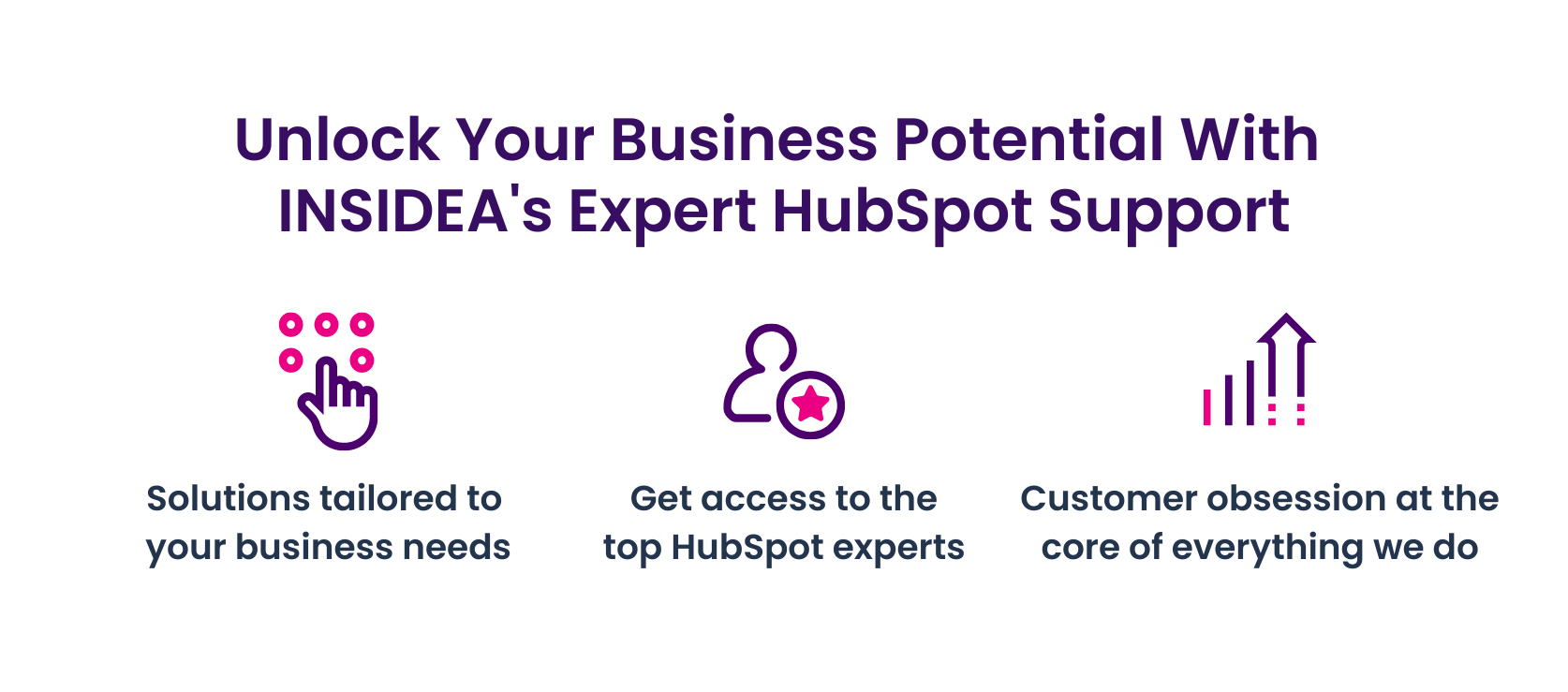
As a HubSpot Diamond Solutions Partner we take pride in assisting you with streamlining your HubSpot efforts. With our best-in-class marketing, sales, and service solutions, we help you scale exponentially.
INSIDEA’s HubSpot Specialists have the required in-depth knowledge and can provide expert guidance on how to use the platform to meet your business needs.
Get in touch today to learn more about how INSIDEA can help you succeed!
- Tailored Experience: For us, user experience is the primary focus. Thus, INSIDEA works with you to ensure your HubSpot experience is tailored to your business needs.
- Industry Expertise: Our team specializes in the setup, implementation, and optimization of HubSpot tools, as well as being well-versed in HubSpot best practices to ensure your business has the highest ROI possible.
- Customer Obsession: For us, customer satisfaction is the key to success, and we strive to ensure that our customers’ needs are not only met but exceeded every time.
At INSIDEA, we understand the importance of valuable HubSpot strategies that understand your target audience and drive conversions. Book a meeting with our HubSpot experts to explore how we can help you with your upcoming projects.
Get started now!




